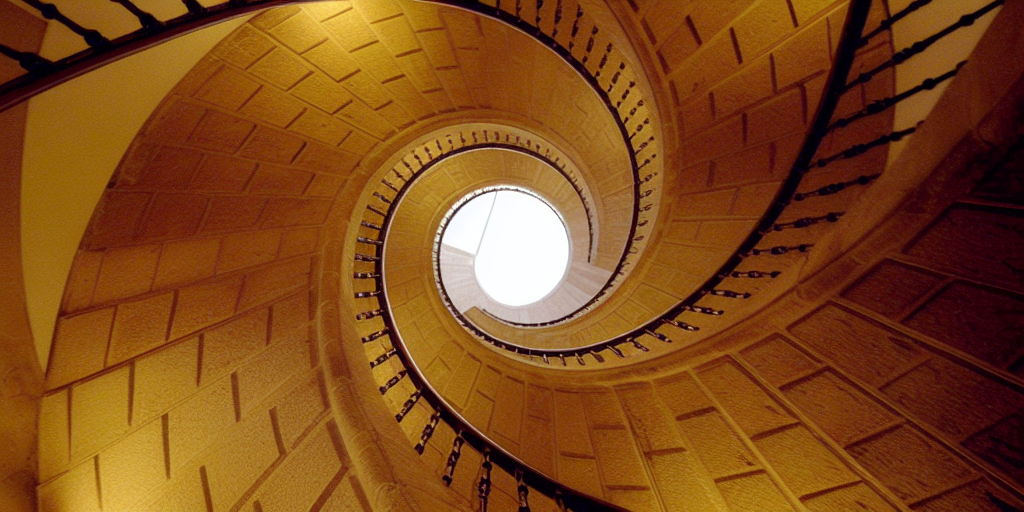Speaker
Description
Quantum illumination is one of the main paradigms for implementing quantum radar in the low-frequency spectrum. Here, we contribute towards an open-air application of the protocol, by notably easing its experimental requirements. We first define an experimentally feasible receiver for an entangled signal-idler transmitter. This consists in measuring heterodyne the received signal and adaptively measuring homodyne the idler, reaching a maximal quantum advantage of 3 dB in the error probability exponent with respect to the optimal classical strategy. Our receiver requires only a single tunable JPA. In order to relax the bandwidth requirement at the transmitter level, we discuss a sequential protocol that uses patches of modes sequentially to probe the target region. We show that, in a practical scenario, the sequential protocol needs two orders of magnitude less bandwidth with respect to the non-sequential protocol, while keeping the same quantum advantage.
